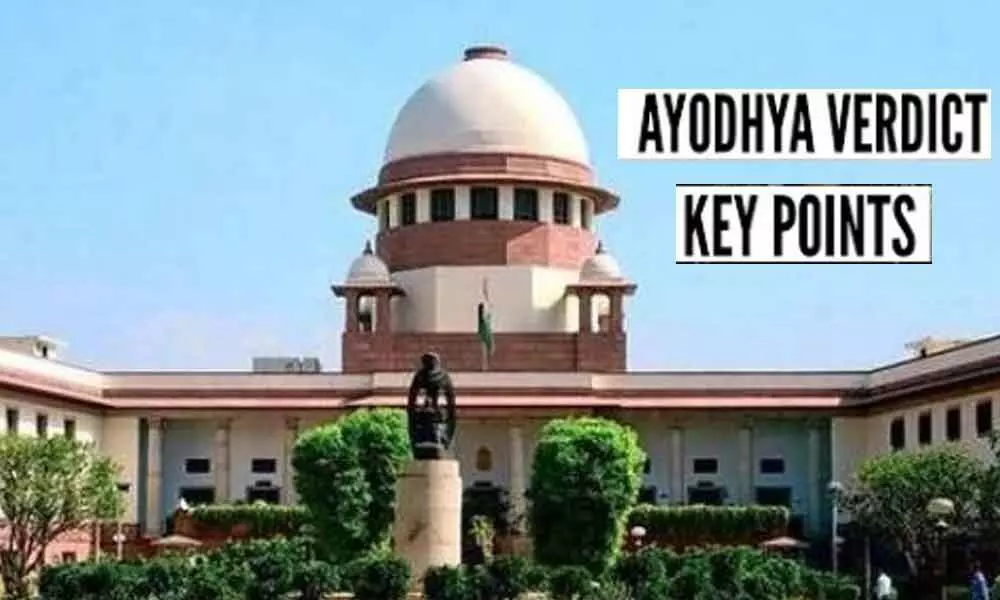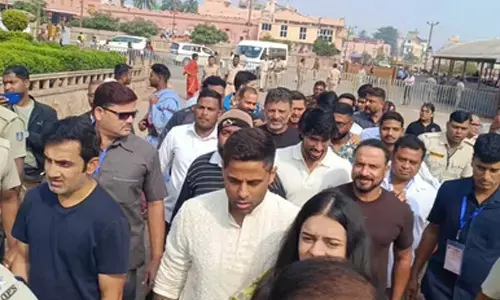Ayodhya Verdict: Key points of the judgment

The historic judgment of the country's oldest land dispute Ayodhya case has finally been revealed, saying the land will be in the handover of the government, and in favour of people from Hindu faith, through a government-formed trust within three months. Here are the key points in the judgment that was given out over a period of half an hour this morning.
New Delhi: Over a judgment reading that lasted around half an hour, unanimous decision about India's longest pending judgment has finally been given out in favour of the Hindus. The judgment was based on archaeological evidence presented by the ASI to the court that deemed and distinguished the use of the 2.77 acres of land and its usage.
The CJI added that the law and constitution do not favour any side of the case and the judgment has been made on the basis of the evidence submitted by the ASI.
The reports said there was an underlying structure under the Babri Masjid, and evidence found that Hindus would use the outer lawns for their prayers while the Muslims used the inner space of the Masjid. It found no evidence of a mosque beneath. The Supreme Court deemed unanimously that the land should be under the ownership of a trust that is to be formed by the government within three months to decide the further activities and construction in the land.
Alternately, the Sunni Waqf Board on the Muslim side has been granted an alternative piece of land of five acres in another location to construct a mosque, if they deem fit.
The disputed site has been given to Ram Janmabhoomi Nyas, which will initially be under the government's handover, post which it will be granted to the trust when it is formed and ready. Personnel from the Nirmohi Akhara will also be a part of the trust.















